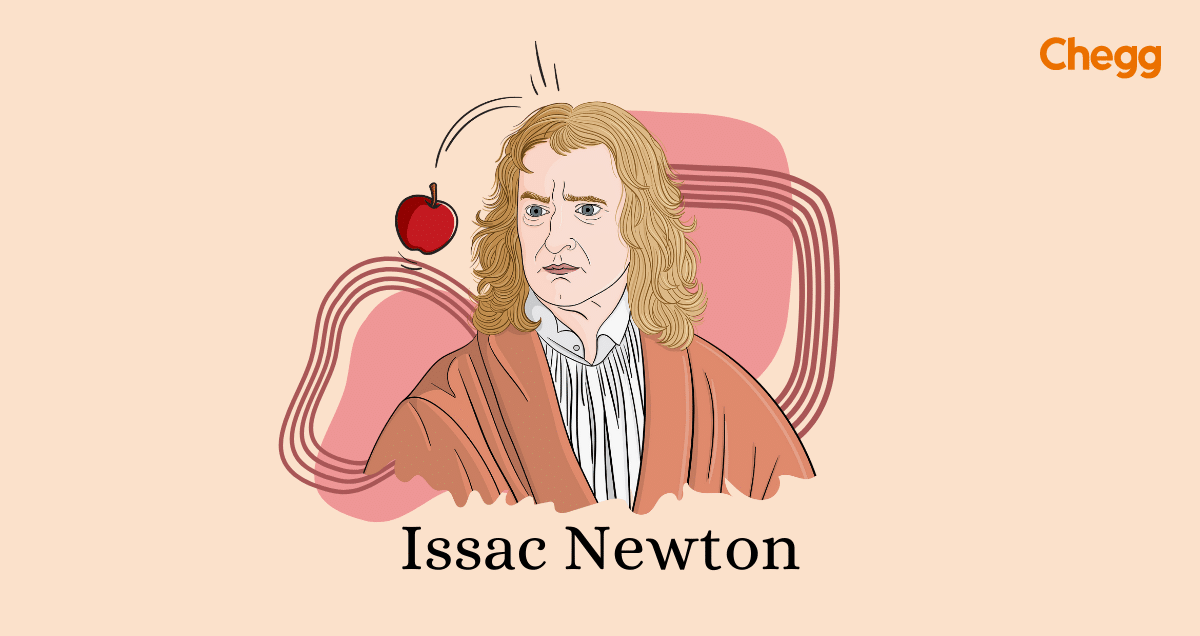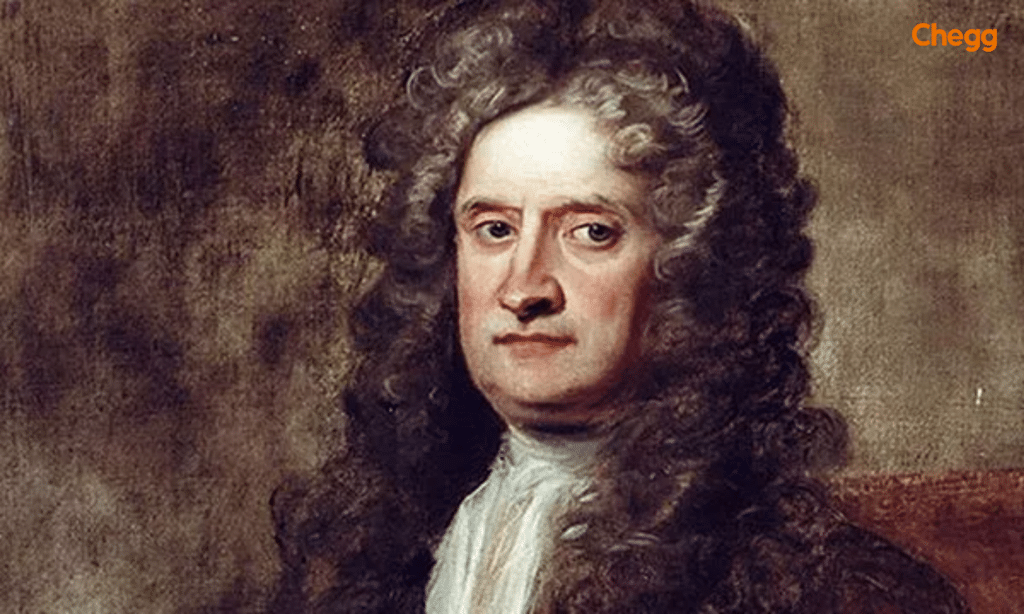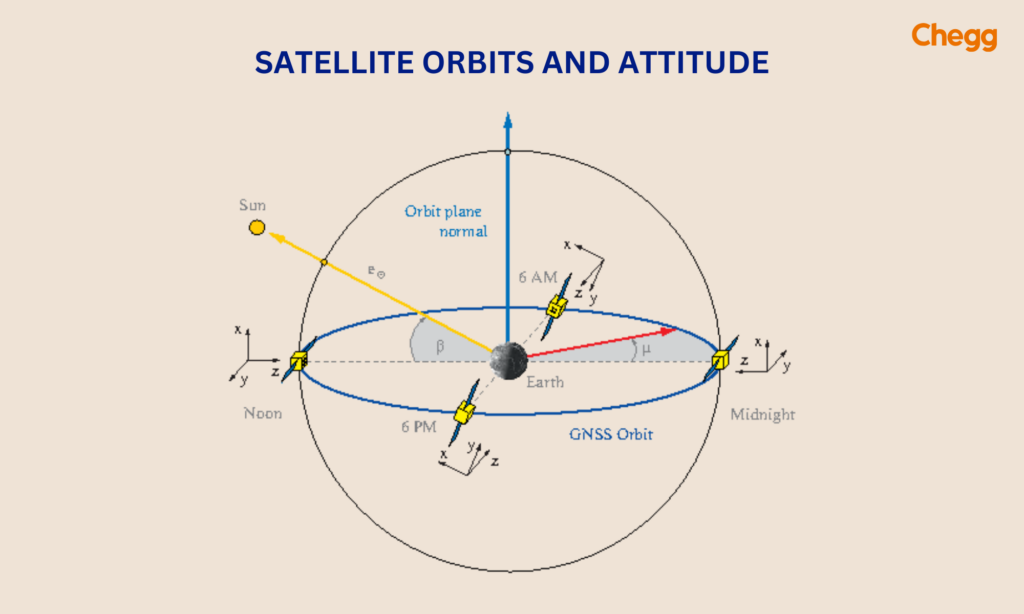
Quick Summary
Sir Isaac Newton is credited with the discovery of gravity in the 17th century. His formulation of the law of universal gravitation in 1687 explained that every particle of matter in the universe attracts every other particle with a force proportional to their masses and inversely proportional to the square of the distance between them.
This groundbreaking discovery laid the foundation for classical mechanics and changed our understanding of how objects interact in space.
Table of Contents
Who Discovered Gravity: Sir Isaac Newton, who discovered gravity in the 17th century, defined it as the force of attraction between any two masses. Newton’s groundbreaking discoveries significantly advanced our understanding of the universe, transforming physics, mathematics, and our view of the natural world. By providing a unified framework for describing the behavior of objects both on Earth and in space, Newton revolutionized our grasp of the cosmos and established a new foundation for scientific inquiry.

Let’s learn about Isaac Newton, the person who discovered gravity, his early life, and his education.
The scientist was born on January 4, 1643, in Wools Thorpe, Lincolnshire, England. Who Discovered Gravity? When he was three years old, his mother, Hannah Ayscough Newton, remarried, and he was subsequently raised by his maternal grandmother.
Newton’s early schooling started at the King’s School in Grantham. He reportedly built mechanical gadgets like sundials when he was younger.
As a child, he was interested in science but was forced to work at family farms, and he had to quit schooling. Later, his family and friends persuaded Newton’s mother to allow him to return to school.
Newton joined Trinity College at the University of Cambridge in 1661 when he was 18. He originally pursued studies in law. Later, it soon became clear that he had a strong interest in science and mathematics.
When Newton earned his bachelor’s degree in April 1665, his extraordinary academic achievements remained unnoticed. Without formal guidance, he independently explored emerging ideas in philosophy and mathematics, recording his progress solely in his notebooks. However, later that year, the outbreak of the plague led to the closure of the university, forcing him to return home for nearly two years.
During this period of isolation, Newton laid the groundwork for calculus and expanded an earlier insight into an essay, Of Colours, which later formed the basis of his work Opticks. He also analyzed circular motion, applying his findings to the Moon and planets. This led him to derive the inverse square law, which states that the force acting on a planet decreases proportionally to the square of its distance from the Sun—a principle fundamental to the law of universal gravitation. Despite the significance of these discoveries, they remained unknown to the world at the time.
Let’s talk about Isaac Newton, the person who discovered gravity contributions to the fields of mathematics and physics that are phenomenal and serve humanity.
1. Newton and the German mathematician Gottfried Wilhelm Leibniz independently created Calculus.
2. Newton’s generalised binomial theorem enables the expansion of statements of the type (a + b)n for any positive integer n.
3. Newton made substantial algebraic advances. The fields of algebra and combinatorics frequently employ this theorem.
4. The three laws of motion that Newton created are the foundation of classical mechanics.
His other findings include Newton’s law of gravity, Kepler’s law, the Particle Theory of Light, and many more.
Our understanding of gravity has evolved over centuries, from ancient explanations to sophisticated scientific theories. This timeline highlights some key milestones: Who Discovered Gravity? Newton’s law of universal gravitation, and Who Discovered Gravity? Einstein’s theory of general relativity.
While the famous image of an apple falling might be associated with Isaac Newton, his theory of gravity involved more than just a fruit. Who Discovered Gravity? Here’s a glimpse into his thought process:
Beyond the Thought Experiment: Newton’s genius lay in recognizing that the same force pulling the cannonball downwards also governs the motion of the moon orbiting Earth. He proposed that gravity is a universal force, affecting objects both on Earth and in the heavens.
While the cannonball experiment wasn’t a real experiment but a thought experiment, it helped Newton solidify his ideas about the nature of gravity.
Do you know what influenced Isaac Newton’s formulation of the law of gravity? It was by a combination of preceding scientific concepts, theorists, and findings.
The law of universal gravitation, first presented by Isaac Newton in his “Mathematical Principles of Natural Philosophy” (1687), mathematically expresses the gravitational force between two masses. This foundational concept in physics is of great importance. Here is the mathematical formulation of the law:
F= G*m1*m2/r.r
Where,
F = Force of gravity between two masses
G= Gravitational constant
m1 and m2 = masses of the two objects
r = the separation between the two masses’ centres
1. Objects on Earth and celestial bodies in space are explained by Newton’s law of gravity. This demonstrated that a single fundamental force governed both terrestrial and celestial mechanics.
2. Newton’s law enabled scientists to make astoundingly accurate predictions about planets, moons, and other celestial bodies.
3. Laws of gravity illustrate the scientific process by combining observations, models, and hypothesis tests. Newton established a benchmark for scientific investigation with his emphasis on logic based on facts.
These findings and contributions by Newton transformed how we perceive the physical world.
While experiencing personal struggles in 1678, Isaac Newton retreated from scientific exchange but refocused his brilliance on mechanics and astronomy. This period of introspection led to a breakthrough – the formulation of his three laws of motion, published in his masterpiece, Philosophiae Naturalis Principia Mathematica (1687).
These three laws became the foundation of classical mechanics, governing the relationship between objects, forces, and resulting motion:
These elegant laws not only explained everyday observations of motion but also allowed Newton to make groundbreaking calculations. He used them to determine planetary masses, Earth’s shape, and the force behind tides caused by the Sun and Moon’s gravity.
Isaac Newton’s law of universal gravitation greatly influenced science, mathematics, and our understanding of the natural world. Their acceptance and reception were vital in determining how science and human understanding developed.
1. Newton proposed the theory of motion, forces, and the behaviour of objects on Earth and in the universe. Newton provided a comprehensive framework for understanding motion, forces, and forces. It revolutionized science.
2. Astronomy was revolutionized by the law of gravity’s ability to accurately predict the motions of planets, moons, and other celestial bodies.
1. Publication of Principia – Newton’s law of universal gravitation was published in the Principia in 1687. Although the “Principia” attracted the scientific world’s attention at first, its complexity and difficulties in terms of mathematics prevented it from being generally accepted right away.
2. Peer Reception – Newton faced several criticisms from his peers. Mostly, people who had different ideologies and research opposed his.
3. Acceptance and legacy – As the precision of the law of gravity in predicting celestial motions became clear throughout time, it attained general acceptance. It ultimately developed into a fundamental idea in physics and celestial mechanics, influencing the development of science for millennia.
Isaac Newton’s inventions revolutionized physics, astronomy, and our understanding. His laws of motion and universal gravitation gave rise to a mechanical worldview. This offered a unifying framework for understanding both celestial and earthly mechanics.
They also introduced a mathematical method for describing natural occurrences. These discoveries have had a long-lasting influence on the advancement of science and our understanding of the universe.
You must have heard of the Falling Apple and Falling Moon story. Isaac Newton discovered the law of universal gravitation, which is associated with these epic stories. These stories are nothing but myths. They do not represent the actual scientific process behind Newton’s ground-breaking work.
The legendary Apple story: Separating Fact from Fiction
Let’s know what the myths and facts are about the legendary apple and moon story.
According to the story, the apple fell on the head of Newton, while he was sitting under the apple tree. This led him to formulate Newton’s law of universal gravitation. But, there is no concrete evidence historically to prove this fact!
Newton’s law of gravitation was not used to explain the moon’s motion, contrary to the idea.
Newton developed and formulated the law of universal gravitation through research. He also combined observations of falling objects with astronomical data.
As a result, they constructed a comprehensive theory that explained the gravitational attraction between all masses. The moon’s orbit around the Earth could theoretically be explained through Newton’s law.
Newton released the book “Philosophiae Naturalis Principia Mathematica” in 1687. Here, he explained his laws of motion and the law of universal gravitation methodically and mathematically. This book deeply explains cardinal numbers, real numbers, ordinal numbers, and other set theories.
Principia Mathematica focused mainly on describing facts rather than on idealism and philosophy by the Anglo-American community during the nineteenth century.
Also Read:-
Who Discovered of Electron, Proton, and Neutron | J. J. Thomson
Who Discovered the Sea Route to India? | Vasco da Gama
Who Discovered the Microscope? A Brief History
Newton’s law of gravity has great importance in everyday life. Let us find out what the modern applications of the law.
Planetary motion and space exploration
1. The law of gravity explains how gravity affects us and our walking on the Earth. It maintains us on Earth so we may live here instead of flying through the air and space.
2. It illustrates how the moon revolves around the Earth. The sun’s rotational path around the planets is the cause of Earth’s tides.
3. Climate modelers employ Newton’s law. It determines the relationship between air pressure and altitude and the effects of gravity on gases.
4. Newton’s law is used to calculate the masses of planets and moons. Observing the motion of their moons or other associated entities accomplishes this.
5. Space telescopes like the Hubble Space Telescope utilize reaction wheels. This adjusts their orientation by Newton’s third law.
6. Earth’s gravitational field helps determine natural disasters as well. This is possible by analyzing the variation in the Earth’s gravitational field.

1. Space trajectories are calculated using it. Other trajectories, like satellites, probes, and spacecraft, are also calculated. This helps to execute missions to other planets and explore the universe more.
2. Newton’s law also enables us to know satellite positions. This information is important for establishing better communication. It also helps in navigation systems like GPS.
3. Geoid determination is aided by knowledge of the gravitational field of the Earth. This aids in mapping, measuring heights, and keeping track of the Earth’s form changes.
4. Gravitational force is useful in engineering spacecraft designs. It will be able to resist the strains of launch and orbit. It is also useful for organizing the orbital docking processes of spacecraft.
These examples show how Newton’s law of gravity is important in various scientific fields.

While Isaac Newton is credited with formulating the law of universal gravitation, there were earlier attempts to understand who discovered gravity.
While these early ideas are interesting, they weren’t as developed or influential as Newton’s work. Newton’s theory provided a mathematical explanation for gravity, demonstrating its universality and how it affects objects of all sizes. This paved the way for further scientific advancements in our understanding of motion and celestial mechanics.
Who Discovered Gravity: In this blog, we explored Isaac Newton, the groundbreaking scientist who discovered gravity. His revolutionary contributions to science, mathematics, and astronomy transformed our understanding of the universe. Gravity, which is essential for our daily lives and crucial in determining planetary trajectories, also enables space exploration, communication advancements, and understanding natural disasters. Newton’s laws of gravity significantly accelerated technological development and expanded our knowledge of the cosmos.
Ans. He discovered gravity, which completely changed how we perceive the world. He came up with three laws of motion to describe the relationship between an object’s motion and the forces operating on it.
Ans. In 1687, Newton’s book “Philosophiae Naturalis Principia Mathematica” presented his research.
Ans. Yes, many circumstances still use and apply Newton’s law of gravity. Its utility is found in situations where high precision or extremely strong gravitational effects are not required. It serves as a useful approximation for many computations in engineering, astronomy, and space exploration.
Ans. Using Newton’s law, the masses of planets and moons are calculated by observing the motion of their moons or related entities.
Ans. Newton didn’t actually have an apple fall on his head, but observing apples fall to the ground prompted him to think about gravity, leading to his law of universal gravitation.
Ans. Without gravity, objects, including humans, would float in space, and life on Earth as we know it would not be possible.

Authored by, Amay Mathur | Senior Editor




Amay Mathur is a business news reporter at Chegg.com. He previously worked for PCMag, Business Insider, The Messenger, and ZDNET as a reporter and copyeditor. His areas of coverage encompass tech, business, strategy, finance, and even space. He is a Columbia University graduate.
Editor's Recommendations
Chegg India does not ask for money to offer any opportunity with the company. We request you to be vigilant before sharing your personal and financial information with any third party. Beware of fraudulent activities claiming affiliation with our company and promising monetary rewards or benefits. Chegg India shall not be responsible for any losses resulting from such activities.
Chegg India does not ask for money to offer any opportunity with the company. We request you to be vigilant before sharing your personal and financial information with any third party. Beware of fraudulent activities claiming affiliation with our company and promising monetary rewards or benefits. Chegg India shall not be responsible for any losses resulting from such activities.